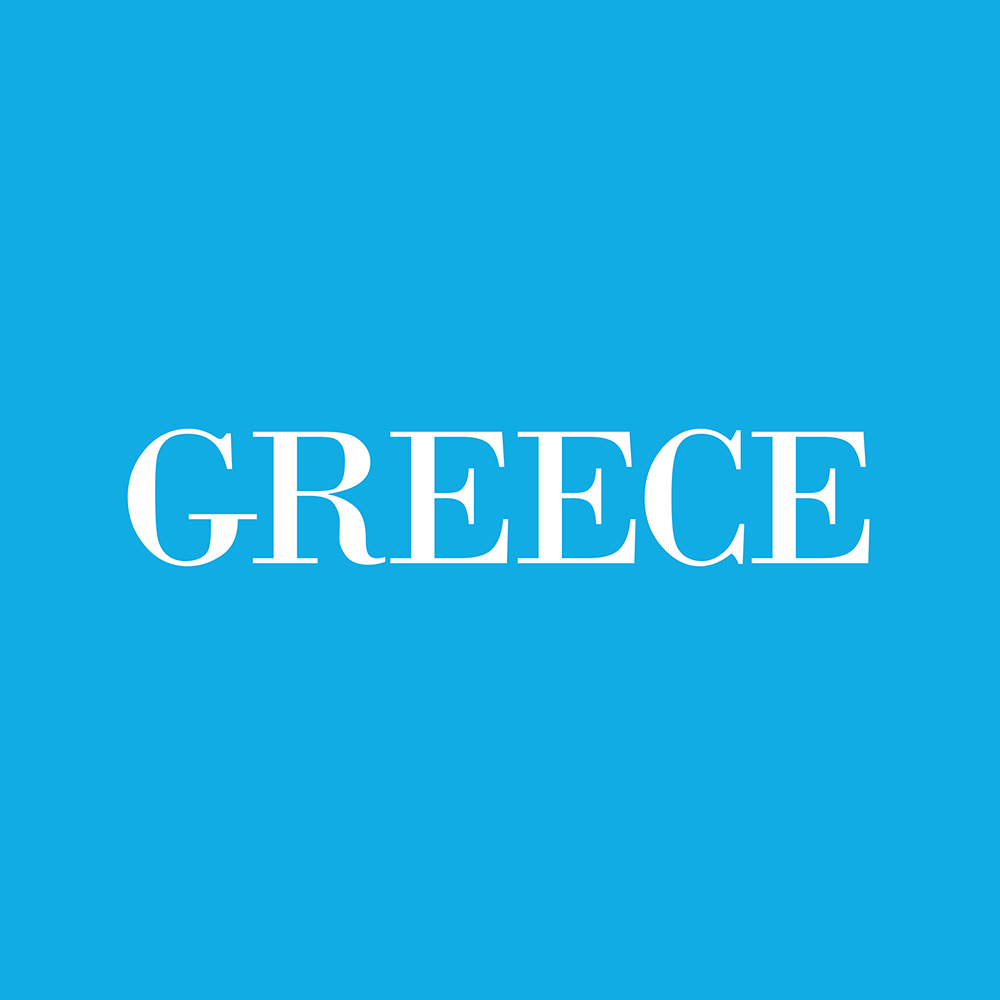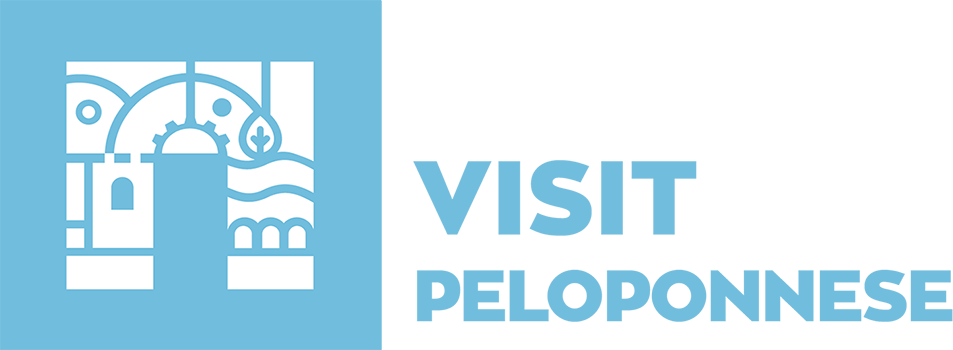The area around Sofiko is known for its interesting churches and monasteries, its resin and its ancient pine forests -with many of the trees being over 300 years old. The medieval Tzalika Castle is another interesting nearby site to visit.
The area around Sofiko is known for its interesting churches and monasteries, its resin and its ancient pine forests -with many of the trees being over 300 years old.
One of the best ways of getting to know the “real” Greece is to take some time out to visit some of the many historical churches and monasteries in the area. Not only will you be “off the beaten track” and see some wonderful views, but you will get a feeling for how important the Orthodox religion has been to Greece over the centuries, and the central role that it continues to play in everyday life. A good place to start is Sofiko village itself which has several churches of note including Agios Georgios (1700) and Evangelistria Church. It is also worth visiting the Church of the Taxiarchs in the valley of Larisios which dates from the 12th century and has frescoes which are painted following the Cretan school and date from the 16th century. If you would like the added bonus of a good view, head to the historical Church of the Dormition, a women’s monastery which was built in the 12th century with materials from the ancient temple of Aphrodite. The nearby church of Agia Paraskevi dates back to 1617. There are two more notable churches in the area, Agios Nikolaos and Agios Dimitrios, with frescoes from the 18th century which are inspired by the daily life of the inhabitants.
Sofiko, which was founded around the end of the 14th century, is the main village in the area and is built on the site of the ancient settlement of Solygeia. In fact, until relatively recently, the villagers made their living in a way which might have been familiar to their ancient ancestors - collecting and selling resin. Nowadays there are hardly any resin collectors in the area, but as recently as 1985 almost all the villagers were involved in the industry and the area produced 1,500 tons of resin. Out of interest, resin production begins in May and ends in early October.
Did you know that...
Ancient Solygeia and Tzalika Castle
Sofiko was built on the site of the ancient city of Solygeia. We know that when the Athenians and the Spartans were battling for hegemony over Greece during the Peloponnesian war in 425 BC, the Athenians landed on the coast and tried unsuccessfully to occupy the city and make it into their base against Corinth. However, in 145 BC, Solygeia was destroyed by the Romans. As far as we know, the site was then abandoned until the 14th or 15th century when a medieval settlement sprung up here. As was so often the case, materials from the ancient fortifications were used to build the new settlement. Nowadays there is not much to be seen other than the remains of the wall which was made of dry stones without binding mortar. However, you can also see the foundations of a square tower, the Tzalika Castle in the centre of the walled area. With a bit of imagination, you can see how useful this must have been as an outpost overlooking the entire northern and central area of the Saronic Gulf, part of the Corinthian Gulf up to the Heraion of Perachora and the ancient land route from Attica to Corinth.
Find the destination on the interactive map below. Open on Google Map.
Weather
Σχετικό περιεχόμενο χρηστών (UGC)
Ενημερωθείτε για ενδιαφέροντα θέματα γύρω από τον προορισμό μέσα από το περιεχόμενο των χρηστών μας
Newsletters
- About Us
- FAQ's
- Map
- Tourism Information Centers
- Disclaimer
- Sitemap
- Our Brand
- Media Room
- Add your Business
- Corporate
- MICE

Peloponnese. The land of impossible beginnings





Design and creation from Cosmote
Marinas and Moorings
Diving Centers
Get Inspired
- Media Gallery
- Peloponnese Travel Blog
- The Peloponnese in the Media
- Your Feedback
- Users' General Content
- Users' Local Products
- Users' Events Content
- Ask a Local
More
- My peloponnese vibe
- Our providers Network
- Destinations Map
- Weather
- Public Transport
- Frequently Asked Questions
- Useful Phones
- B2B
- Destination Statistical Data
- Contact

